Director Christopher Nolan will appear at the Los Angeles County Museum on Friday, Jan. 4, for a special presentation of his first feature film, “Following,” which was recently released on Blu-ray by Criterion. Michael Wilmington reviews.
Following/1999/ Next Wave Films/70 min.
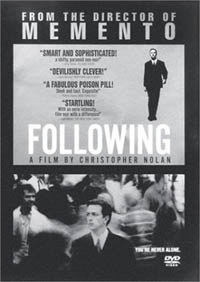 A black and white British neo-noir shot on the cheap, with unknown actors, by a then-unknown writer-director, Christopher Nolan, “Following” is the often-fascinating tale of a thief and a voyeur playing dangerous games. Nolan likes tricks and the Wellesian magicians who play them, and the whole movie is something of a conjuring act.
A black and white British neo-noir shot on the cheap, with unknown actors, by a then-unknown writer-director, Christopher Nolan, “Following” is the often-fascinating tale of a thief and a voyeur playing dangerous games. Nolan likes tricks and the Wellesian magicians who play them, and the whole movie is something of a conjuring act.
Done with scant resources and slender means, “Following” grabs you, keeps you guessing and casts its own little spell. It’s an underground movie by a director just about to make his break into the mainstream – with another, more expensive and even trickier film called “Memento.”
You might say that this daring precursor itself was a memento mori. What it reminds us is that, if you cross over the line too far, all kinds of unpleasantness, including death, may be just behind you, following. We start with a nervous young man in trouble (Jeremy Theobald as Bill) relating his story to a policeman. An impoverished writer, Bill has begun to play detective and to follow strangers in the streets of London, seemingly unobserved, as research for his writing. When one of his “subjects,” a slick young operator named Cobb (Alex Haw), turns the tables and confronts his shadow in a coffee shop, Bill is pulled into Cobb’s shady world, the life of a professional burglar.
Bill slides into that world, even changing his persona into something slicker and more Cobb-like, with disturbing ease. Also part of the action is a mysterious nameless blonde (Lucy Russell), who mingles with gangster types and may be involved with both Bill and Cobb. After Bill pursues the Blonde and catches her, bad things begin to happen, and out of chronological order. “Following,” like Nolan’s later work, is told in a non-linear fractured-chronology style.
In this moody, brainy thriller, the seeds of Nolan’s later films (“Memento,” “The Prestige,” “Inception,” and “The Dark Knight” trilogy) are nestled under the gritty, cheapo surface. There’s everything Nolanesque here: alternate worlds, a life out of joint, time running backward, locks and keys, deception and betrayal. The film teases, tricks and gratifies us, the way a good thriller should.
It’s an object lesson in how to wring cinema riches from practically nothing. Nolan, who also photographed “Following,” gets monochrome images worthy of both ’50s American noirs and the ’60s French New Wave. The writing is sharp, literate and good at double-shuffling us. The acting is super (though only Russell went on later to a busy career). The movie doesn’t really haunt your mind afterward and the last slamming door of the plot may feel too open-and-shut, but “Following” is a game worth playing.
Extras: Nolan’s nifty1997 short “Doodlebug,” a Mélièsian-Kafkaesque trick film also starring Theobald (“Doodlebug” is a definitive riposte to critics who think Nolan has no sense of humor). Commentary by and interview with Nolan. The second, chronological edit of “Following.” Side-by-side comparison of Nolan’s shooting script and film scenes. Trailers and booklet with an essay by Scott Foundas.
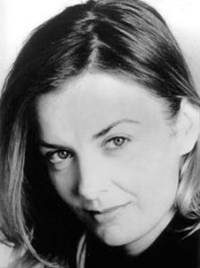





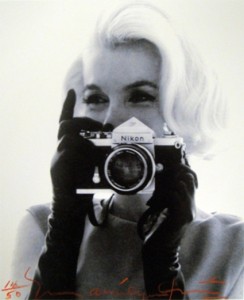
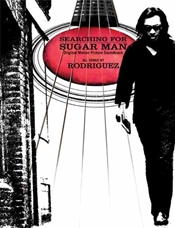
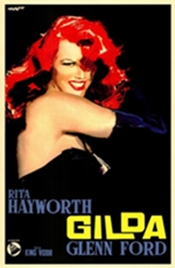
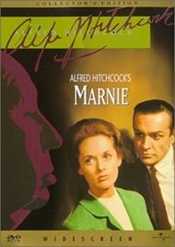
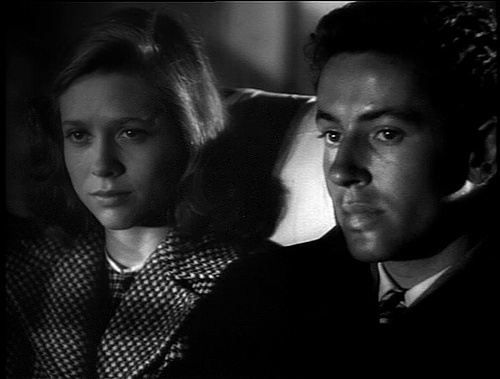
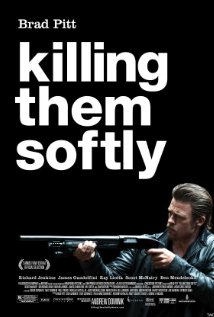
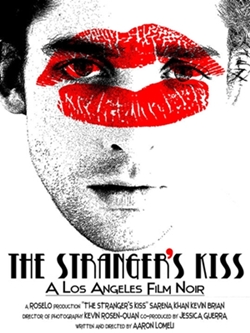
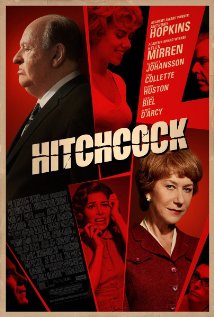


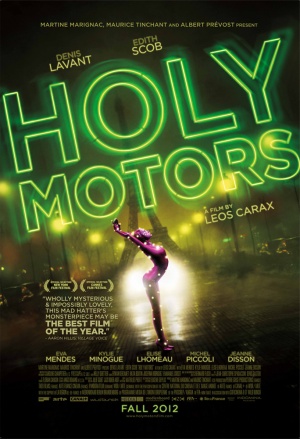
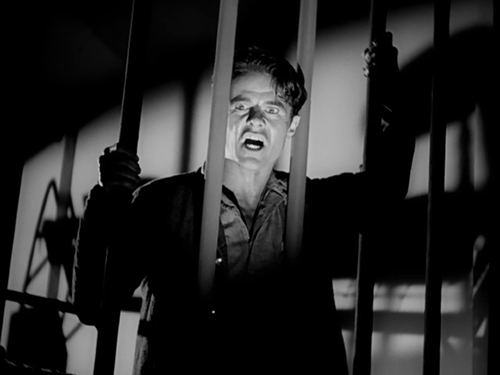
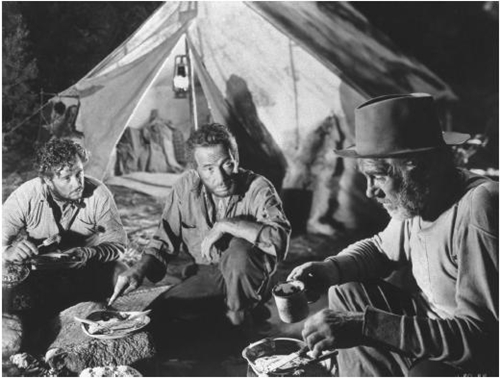
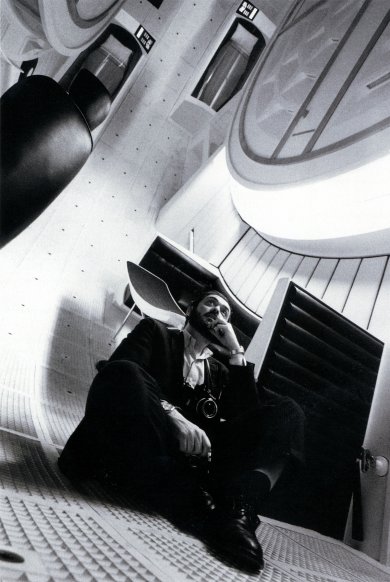
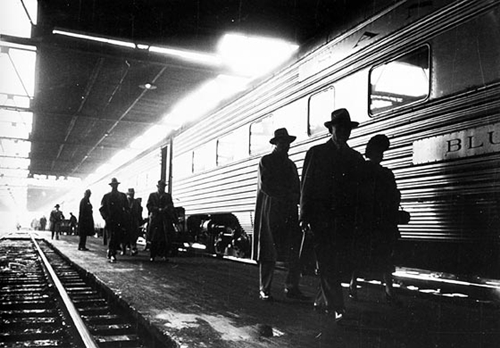
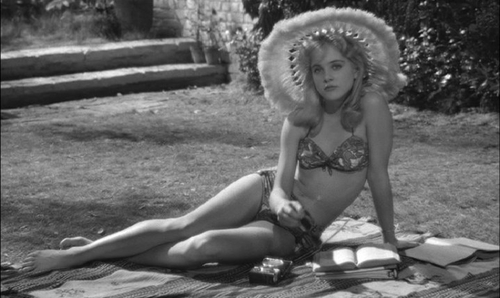
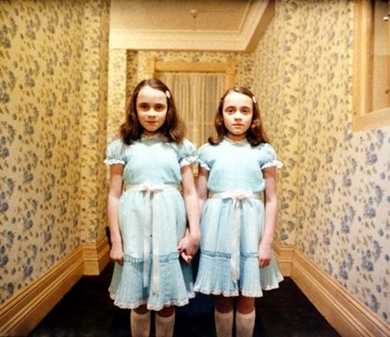





From FNB readers